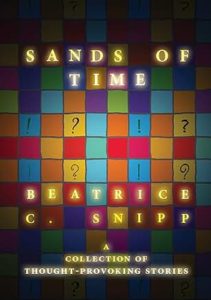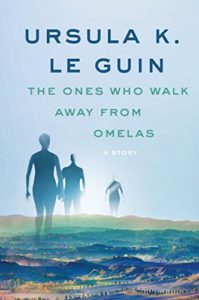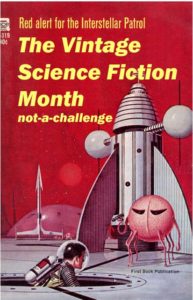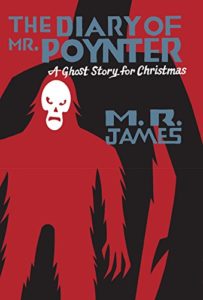 Title: Sands of Time – A Collection of Thought-Provoking Stories
Title: Sands of Time – A Collection of Thought-Provoking Stories
Author: Beatrice C. Snipp
Publisher: Self-Published
Publication Date: May 21, 2020
Genres: Science Fiction, Contemporary
Length: 40 pages
Source: I received a free copy from the author.
Rating: 3 Stars
Blurb:
To anyone who might read this book. These few short stories are not written to entertain or pass away a short train journey. They are written to make your little grey cells work (Hercule Poirot). Hopefully they might make you think a little longer after reading. On time, space and human companionship to name but a few.
Review:
Content Warning: An accident resulting in blindness, secondary infertility, death, and murder. I will not discuss any of these topics in my review.
If you love stories that have morals attached to them, keep reading.
The blind protagonist in “The Smell of Death” discovered that they could smell death and predict in advance when someone was going to die. Just when I thought I had the entire storyline figured out, Ms. Snipp added a plot twist that made everything even better. While I can’t go into detail about it without sharing spoilers, I can say that it involved the main character discovering a new facet of their power and trying to decide what to do with it. What a wild ride this was, and I enjoyed every moment of it.
While I appreciated the brevity of them all, some of these tales were confusing to me due to how little time the author had to explain what was happening in them and what lessons she hoped the readers would take away from them. “Death So Near But So Far,” which followed four friends who reunited after the funeral of a fifth friend, was one such example of this. I would have loved to have more information about what was going on in their lives and how they had all lived to such ripe old ages.
As soon as I read the title of “Xenolith,” I knew I was in for a treat. That term refers to fragments of other types of rock that find themselves embedded in igneous rocks to which they should not be part of. I must be careful about how much information I share about the plot twists as this was a short piece, but seeing how the storyline quickly shifted to a talkative man named Eric who kept sharing nature facts with people who were terribly bored by that monologue made me curious to see what would happen next. The connection between the opening paragraph and the rest of it was as interesting as it was unexpected.
Sands of Time – A Collection of Thought-Provoking Stories was interesting.

 Title: Is Neurocide the Same As Genocide? And Other Dangerous Ideas (Spiral Worlds)
Title: Is Neurocide the Same As Genocide? And Other Dangerous Ideas (Spiral Worlds) Title: The Ones Who Walk Away From Omelas
Title: The Ones Who Walk Away From Omelas
 The telling or reading of ghost stories during the Christmas season was once a tradition in Victorian England. This series of books seeks to revive this tradition. As I did last year, I will continue reviewing several of them each December until I’ve reached the end of this series.
The telling or reading of ghost stories during the Christmas season was once a tradition in Victorian England. This series of books seeks to revive this tradition. As I did last year, I will continue reviewing several of them each December until I’ve reached the end of this series.